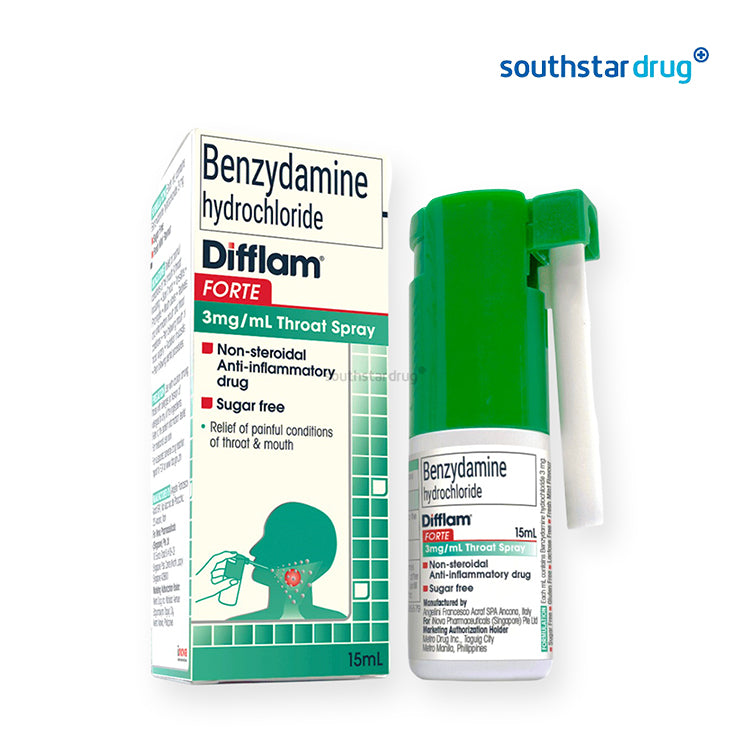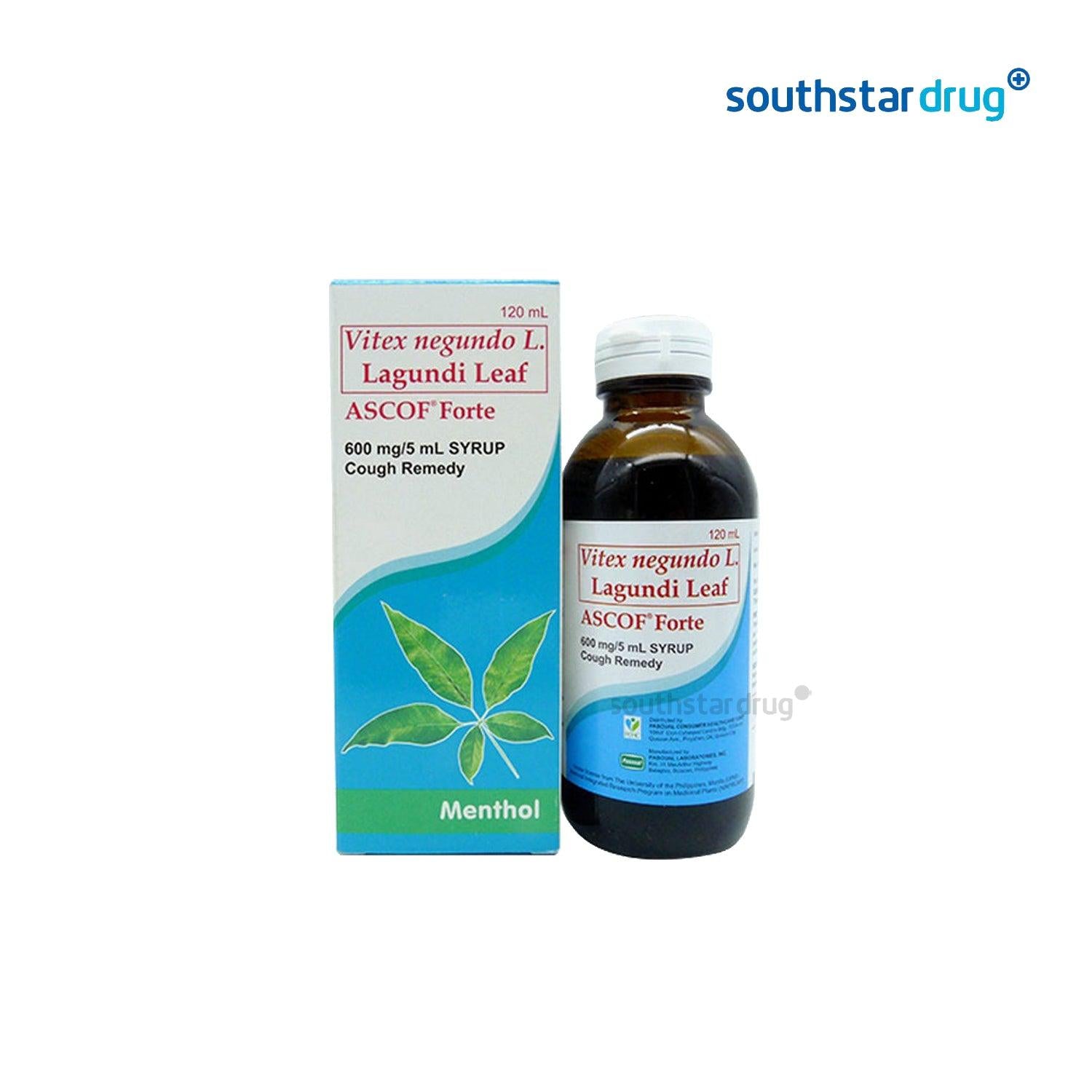Rearing a child, building a family, and having their very own mini-me’s are some of the best parts of becoming a mother. However, what most moms, especially first-time moms don’t expect to encounter are bodily changes they should have discussed with their ob-gyn as they were preparing for maternal care.
Caring for your hygiene after giving birth may be challenging, but as long as you’ve got these 8 tips on vagina care covered, then you’ve got nothing to worry about.
1. Dealing with Vaginal Discharge
If you’re experience bleeding, don’t worry, that’s perfectly normal. All moms bleed for the first six weeks or so after giving birth. The best thing to do is to wear maternity pads with either postpartum underwear or disposable underwear because the discharge is expectedly a lot heavier than normal period flow in the beginning. The colour and the flow of vaginal discharge will eventually lighten as you heal.
2. Relieving Menstrual Cramps and/or Afterbirth Pains
First-time moms may suffer milder cramps compared to moms who have given birth more than once. The key to relieving the pain is to try to pee as often as possible to ensure your bladder isn’t too full. It’s best to spend the day resting with a warm heating pad under your lower belly as well. While the pain usually lasts for about 2-3 days after giving birth, it’s important to inform your physician or ob gyn if it goes on for much longer.
3. Avoiding Postpartum Infection
While it’s important to take note of things to do for vagina care or maternal care, knowing what to avoid is of the essence as well. Some of these are going swimming, using tampons (for about 4 weeks or so), having a long bath in a tub, and having sex until you’ve gotten clearance from your doctor.
4. Going to the Bathroom
Keep your vagina and rectum clean even after going to the bathroom by using a squirt bottle instead of wiping using toilet paper or wet wipes directly. Ensure that the water inside the squirt bottle is warm enough, and that you’re squirting water from front to back. Only after can you gently pat yourself dry with clean toilet paper or wet wipes.
5. Reducing inflammation and swelling
Wrap an ice pack with washcloth or even a thin old t shirt and put them inside your underwear for around 15-20 minutes every hour — as needed — to help reduce inflammation and swelling.
6. Healing Faster
Sitz baths help cleanse and soothe the perineum (area from vagina to rectum) after giving birth. Sitz bath can be easily found at your favorite drug store, or can be provided for by your hospital before you get discharged. All you have to do is fill up the site bath with clean warm water, place it on the toilet seat, and sit on it for about 10-15 minutes, three times a day.
7. Managing the Pain
There are many ways to manage menstrual cramps, afterbirth pains, and inflammation. Many women prefer pain reliever sprays and even your everyday pain killers. Ibuprofen is still proven to be great at relieving inflammation and perineal pain, and decreasing bleeding and cramping.
8. Seeking Help
As we’ve said, it’s normal to feel pain and worry about hygiene after giving birth. But if you’ve done all these tips and the pain and discomfort remains, it’s highly recommended to contact your ob gyn to ensure that nothing’s wrong. Be sure to note if your vaginal discharge has a bad odor or an unusual color, and if you’re having a fever and some difficulty in urinating.
Always keep in mind that while your children should be well taken cared of, your hygiene and health should also be your top priority. Don’t hesitate to seek help when needed.









